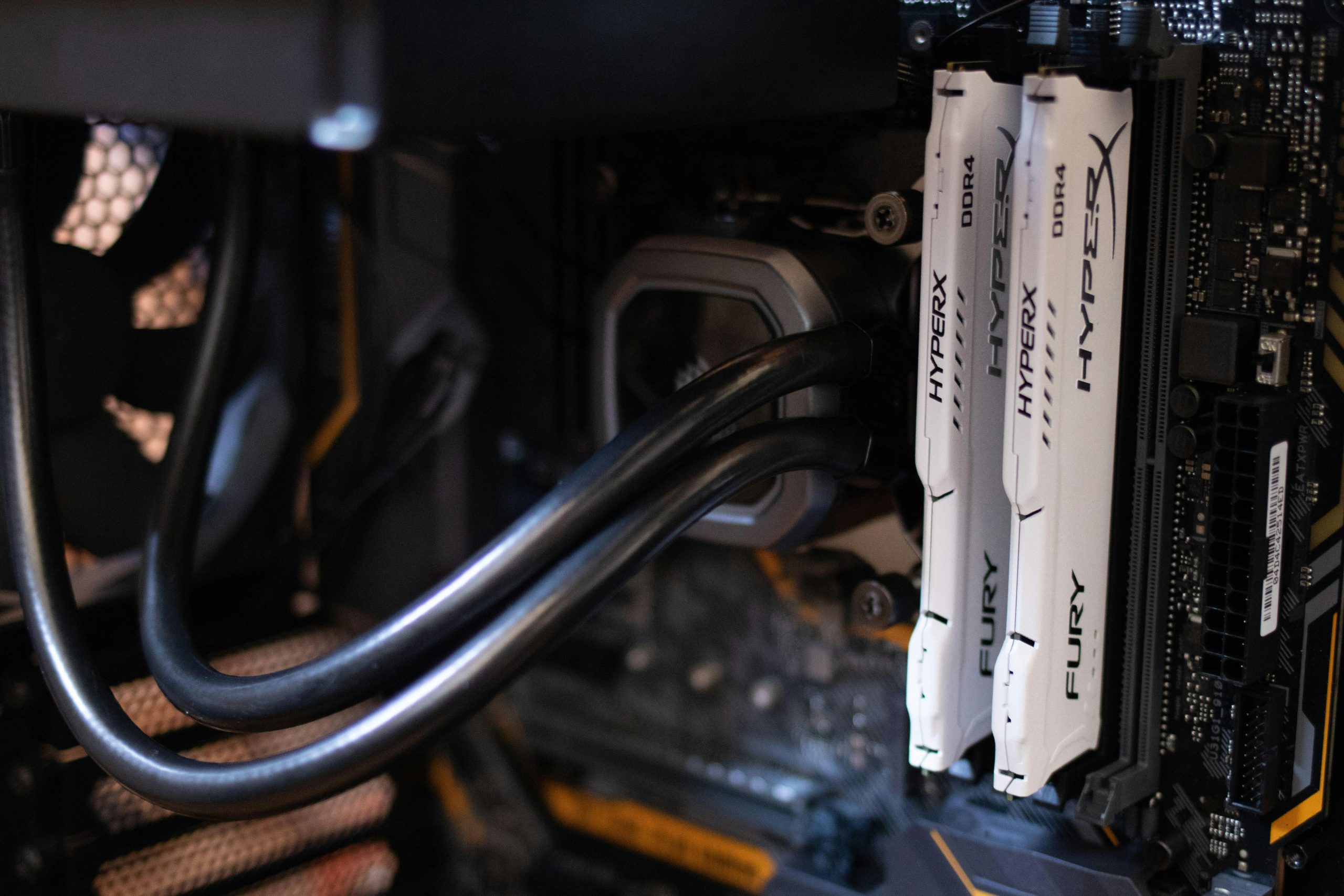Breakthrough Quantum Machine Sets New Benchmark in ‘Quantum Supremacy’, Outperforming Previous Records by 100x and Using 30,000 Times Less Energy
Revolutionary Quantum Advancements: Quantinuum’s H2-1 Sets New Standards in Computational Power
In a groundbreaking development in the field of quantum computing, Quantinuum has unveiled its H2-1 quantum computer, shattering previous records in what’s known as “quantum supremacy.” This remarkable milestone marks a pivotal moment wherein a quantum computer outperforms classical computers in tasks previously deemed impractical for them.
The Quantum Supremacy Milestone
The H2-1 quantum computer has achieved an unprecedented performance, scoring a benchmark of 0.35 in the XEB test—a measure used to gauge quantum computational power. This achievement far surpasses the prior record established by Google’s Sycamore machine by a factor of 100. With this impressive benchmark, the H2-1 can deliver accurate results 35% of the time without errors, a significant improvement in the realm of quantum calculations.
Unraveling the H2-1’s Potential
The technological prowess of the H2-1 is rooted in its operation with 56 qubits—the fundamental units of quantum information. Unlike classical computers, quantum computers like the H2-1 leverage the principles of quantum mechanics, including entanglement between qubits, to execute parallel computations. This capability allows quantum computers to tackle complex problems more expeditiously than their classical counterparts. However, to fully harness practical quantum supremacy, a quantum computer with millions of qubits would be necessary.
Efficiency and Future Implications
Beyond its computational superiority, the H2-1 is noteworthy for its efficiency, consuming a mere fraction—30,000 times less—of the power required by the Sycamore machine. This efficiency could define the future landscape of quantum computing, making it an attractive contender for energy-conscious applications.
Quantinuum’s H2-1 figures as a seminal advance towards developing universal fault-tolerant quantum computers. The implications of this development span numerous critical fields, such as cryptography, chemistry, and materials science, where the computational prowess of such machines could usher in transformative discoveries and innovations.
In summary, the H2-1 not only achieves a tremendous leap in quantum computing capabilities but also paves the path toward the next frontier of computational advancements that promise to reshape industries and scientific research.








Post Comment